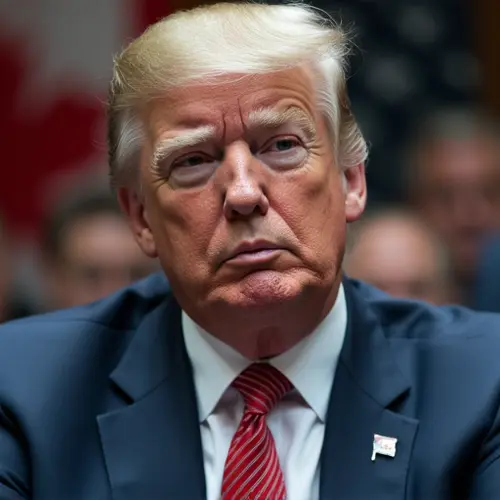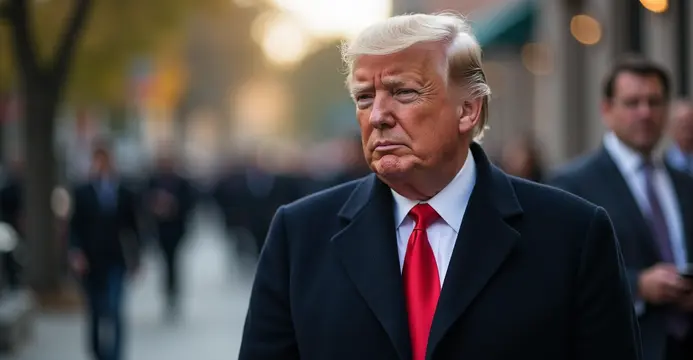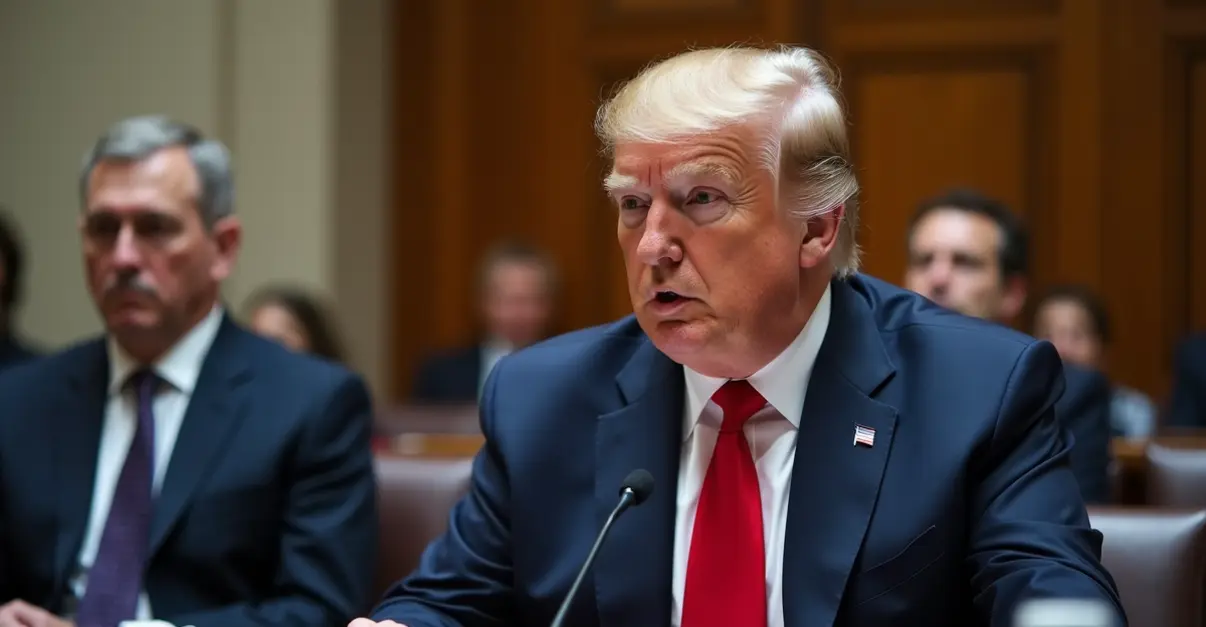
Trade Diversion Reshapes Global Commerce as Nations Navigate Tariff Wars
In an unprecedented shift in global trade patterns, nations worldwide are increasingly employing trade diversion strategies to circumvent escalating tariffs and economic sanctions. This economic phenomenon, first coined by economist Jacob Viner in 1950, has become a central feature of modern trade warfare as countries seek alternative routes and partners to maintain economic stability.
What is Trade Diversion?
Trade diversion occurs when countries redirect their trade flows from more efficient producers to less efficient ones due to preferential trade agreements or tariff structures. Essentially, nations choose trading partners not based on economic efficiency but on political and tariff considerations. When a country imposes high tariffs on certain nations, importers naturally seek alternative suppliers from countries with lower or no tariffs, even if these suppliers are less cost-effective.
Current Global Landscape
The ongoing trade tensions between major economic powers have accelerated this trend significantly. Countries are establishing new bilateral agreements and regional partnerships to create tariff-free corridors. For instance, many Asian manufacturers are rerouting exports through Southeast Asian nations to avoid tariffs targeting specific countries. Similarly, European companies are increasingly sourcing materials from Eastern European partners rather than traditional suppliers facing higher tariff barriers.
Economic Implications
While trade diversion provides short-term relief from tariff pressures, economists warn about long-term consequences. "This creates economic inefficiencies that ultimately harm consumers through higher prices," explains Dr. Maria Rodriguez, international trade expert at the Global Economic Forum. "We're seeing supply chains becoming more complex and costly as companies navigate this new tariff landscape."
The World Trade Organization has expressed concerns about the fragmentation of global trade systems, noting that such diversionary tactics could undermine decades of trade liberalization efforts.
Regional Responses
Different regions are adopting varied approaches to trade diversion. The European Union has strengthened its internal market mechanisms, while Asian nations are forming new regional partnerships. African countries are leveraging continental free trade agreements to create alternative trade routes that bypass traditional channels affected by tariffs.
Future Outlook
As geopolitical tensions continue to influence trade policies, experts predict that trade diversion will remain a significant feature of global commerce. Businesses are advised to develop flexible supply chain strategies and diversify their supplier networks to adapt to this evolving landscape.
The phenomenon underscores the complex interplay between politics and economics in international trade, demonstrating how tariff policies can reshape global economic relationships in unexpected ways.

 Nederlands
Nederlands English
English Français
Français Deutsch
Deutsch Español
Español Português
Português







